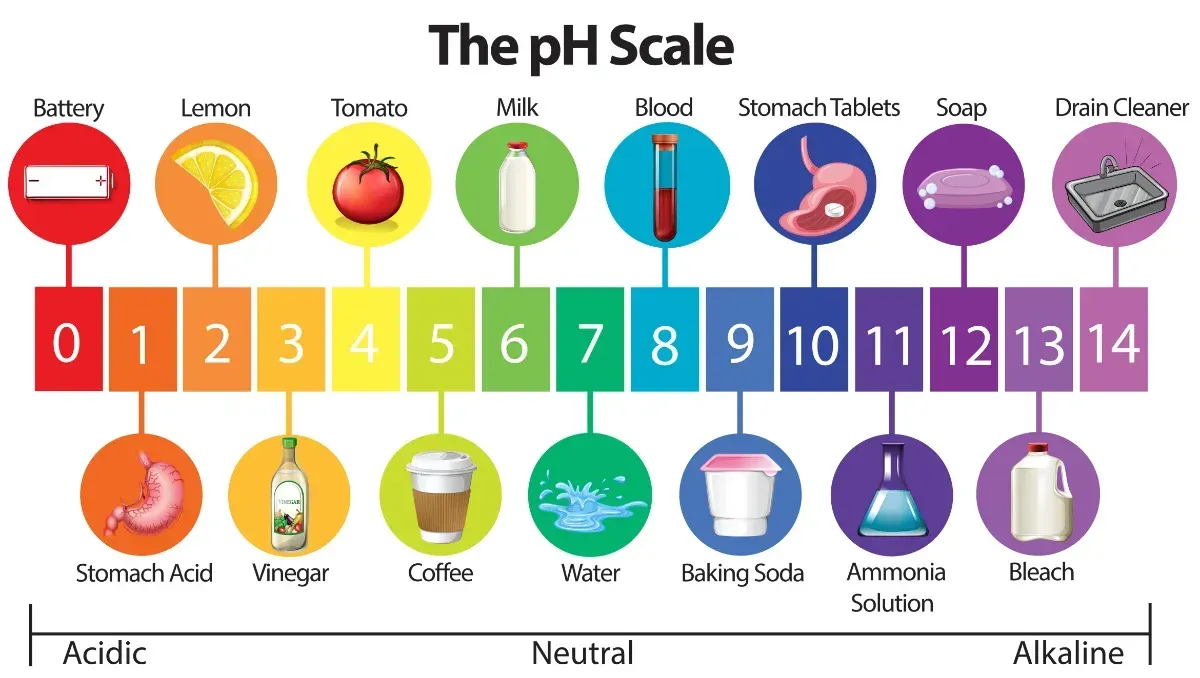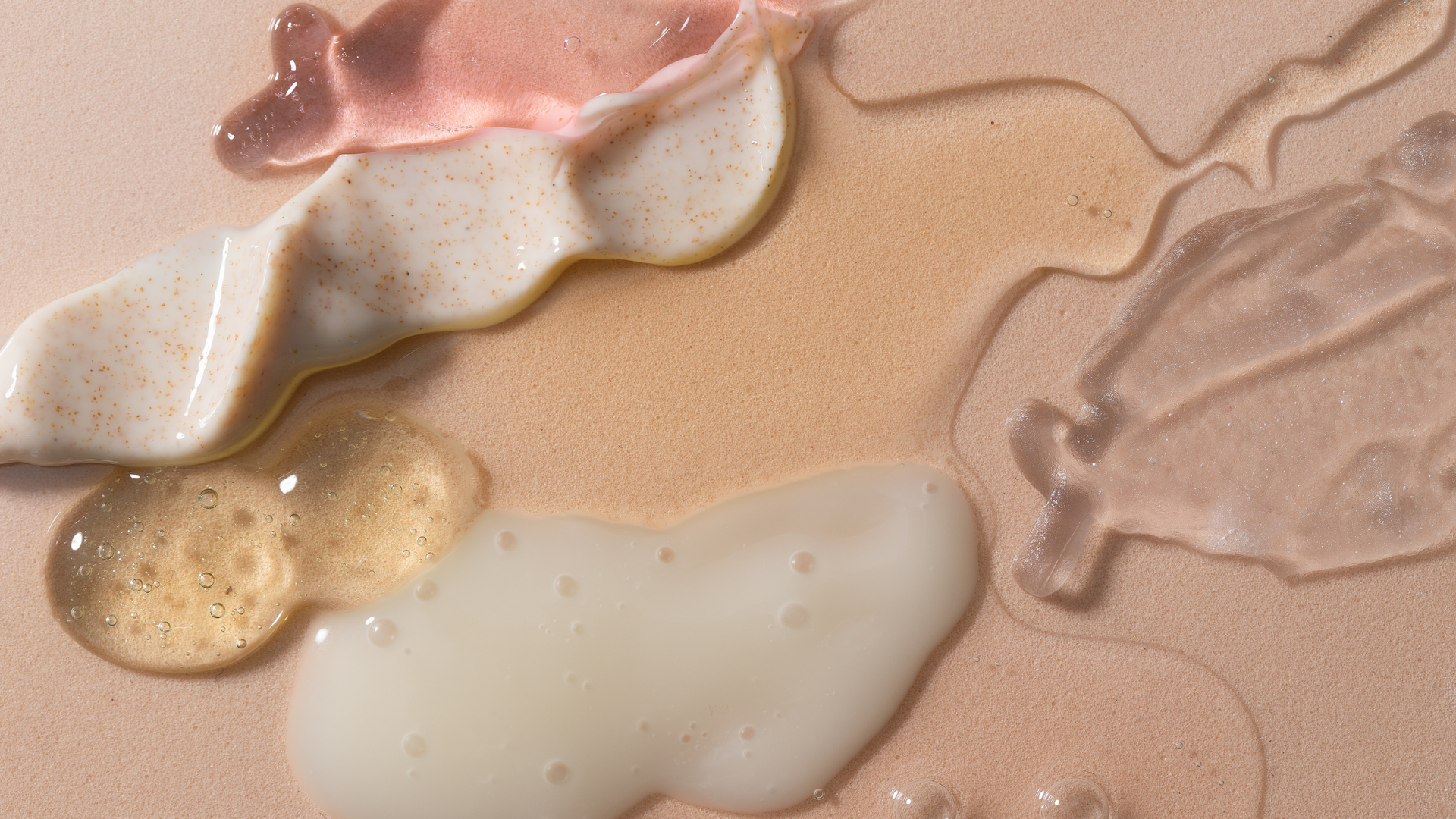Test Your Own PH
How to Monitor Your Urine pH
Alkalinity is the least talked about and arguably one of the most important factors in maintaining good health. If your body is not sufficiently alkaline, liquified waste goes into storage in your body tissue. That’s one of the ways inflammation and disease begin.
PH (potential hydrogen) represents the balance of acid and alkaline ions in your body. A neutral to slightly alkaline reading indicates that your body chemistry is balanced to cope with the elimination of acid waste.
A diet high in alkaline forming foods can make a difference.
Here's a chart.
Other factors that impact on pH are stress, water intake, chemical and pesticide exposure, time spent outdoors, the efficiency of your breathing and your level of physical activity. Interestingly both overexertion and inactivity contribute to acidity.
When you make dietary and lifestyle changes, pH testing allows you to gauge your progress. The ideal pH for urine is between 6.5 and 7.4. PH levels fluctuate through the day.
Readings consistently below 6.5 indicate
acidosis. Alkalosis is not as common, but it can signal an underlying health issue that should be investigated.
Once you have achieved optimum test results on a fairly consistent basis, you can use your test strips periodically to monitor your pH.

Directions:
Urinate directly on a test strip and compare it to the colour chart. Urine can be collected for dipping if you prefer. Wash your hands after discarding the test.
- Each decrease in the pH scale indicates a 10-fold increase in acidity.
- Even with a highly alkalizing diet readings will sometimes be very acidic. This usually indicates that stored acids are being flushed and that’s a good thing!
*Revised October 2024










